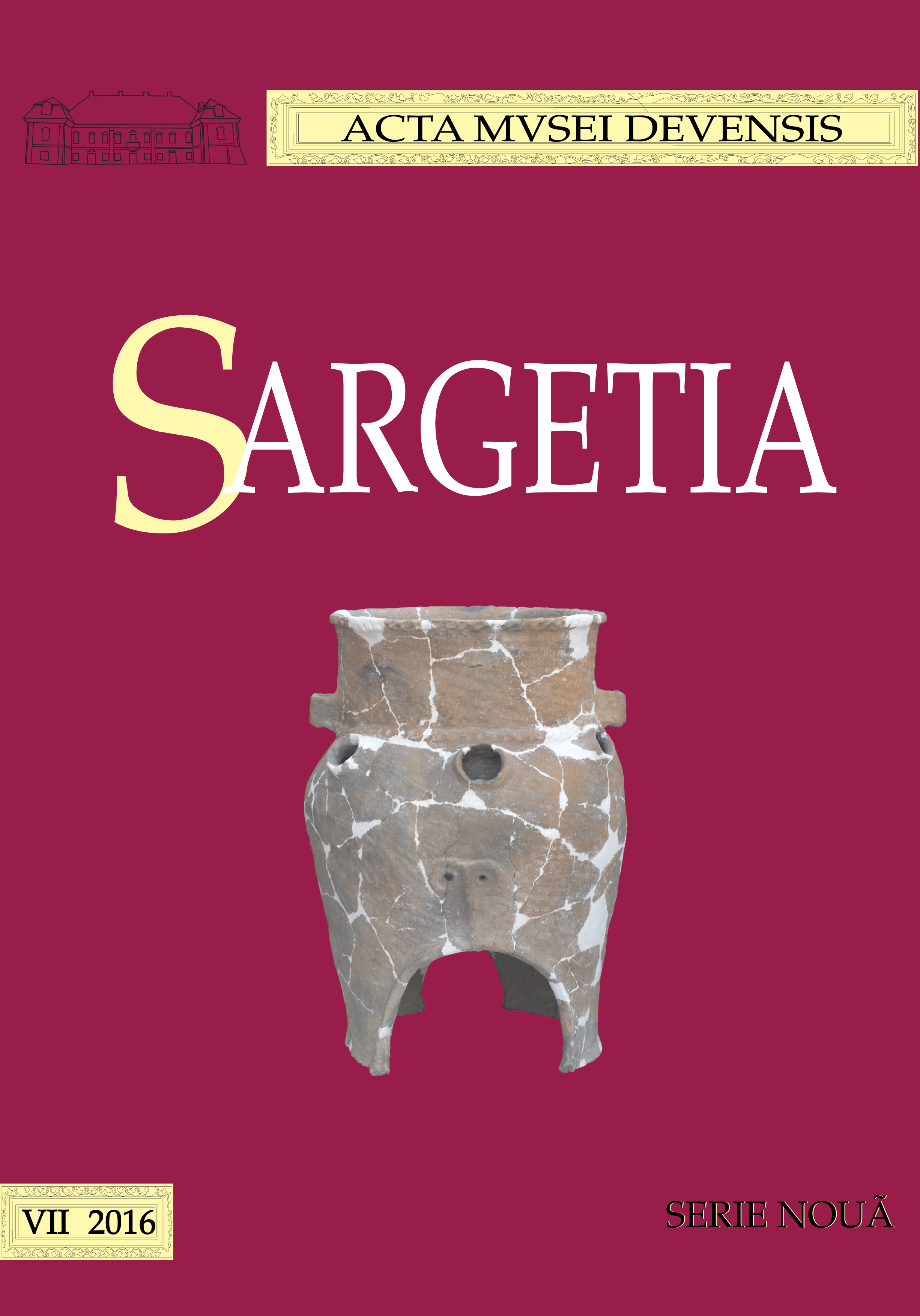Consideraţii privind grădinile romane în anticul Apulum
Remarks about Roman Gardens from Ancient Apulum
Author(s): Elena Beatrice CiutăSubject(s): Archaeology
Published by: Editura Altip
Keywords: antiquity; Roman era; Apulum; garden; plants; reconstruction
Summary/Abstract: “If you have a garden and a library you have everything you need!” was the vision of life that Marcus Tulius Cicero described to his friend Terentius Varro. Starting with this quote we have tried to present the set of rules that Romans had to match for designing a garden in antiquity.In our attempting we referred to ancient archaeological discoveries from Rome, Pompei, Herculaneum (especially ancient frescoes) and historical sources (Columella Cicero, Cato, Plinius the Elder, Horatius, Varro). Very important sources for this topic are ancient frescoes from triclinium of Villa Livia, Villa dei Misteri, House of Caeciulis Iucundus and House with the Golden Bracelets (Pl. I-V). The peristyle garden with a fountain in the middle area is representative of the Roman landscape architecture. The Governor’s Palace from Apulum excavated by Adalbert Cserni (Pl. VII/1-2) is one of the most important buildings for ancient Roman history of this area. Furthermore following the archaeological excavations carried out in the past decades has revealed areas with urban houses belonging to families involved in the administrative apparatus of the city. Here were been identified building vestiges where could be designed gardens in the past. It is most likely that these villas have designed private or public gardens (Pl. VI/1). Furthermore, we believe that a careful reanalysis of the common ceramic material found in Apulum would highlight that these large vessels (ollae perforatae) could be used as flower pots (Pl. VI/2). All these indirect but clear evidences can be extrapolated to Apulum, to may assume that here were been designed ancient Roman gardens as in the whole Roman Empire.
Journal: Sargetia. Acta Musei Devensis
- Issue Year: 2016
- Issue No: 7
- Page Range: 109-125
- Page Count: 18
- Language: English, Romanian

